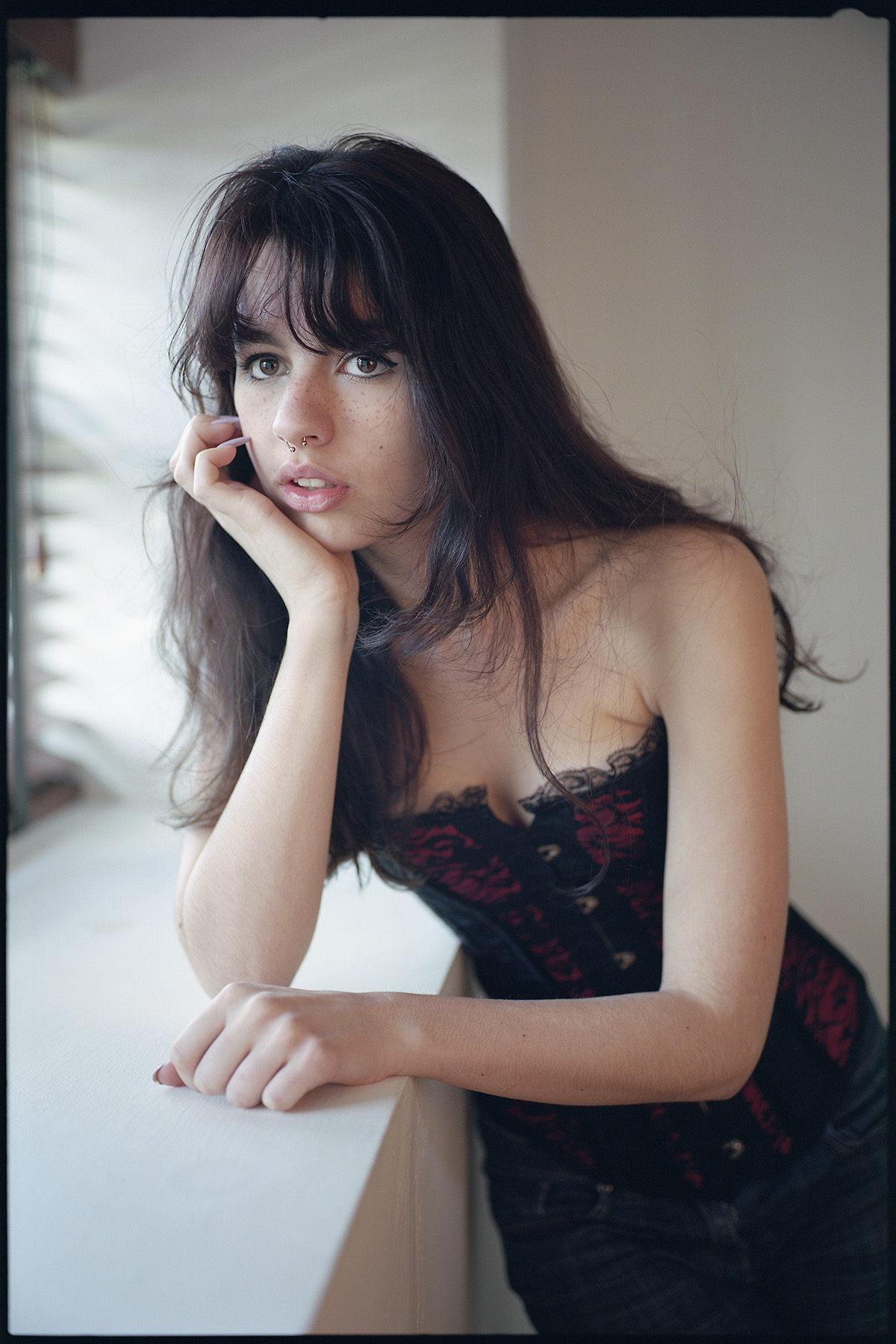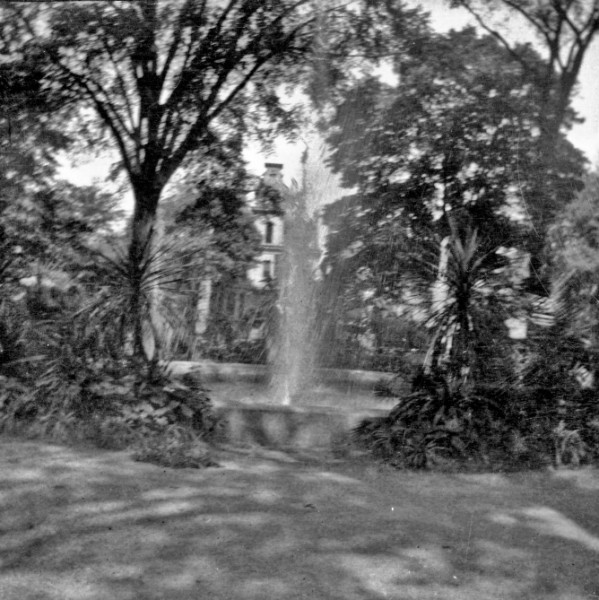available light on:
[Wikipedia]
[Google]
[Amazon]


 In
In


 In
In photography
Photography is the art, application, and practice of creating durable images by recording light, either electronically by means of an image sensor, or chemically by means of a light-sensitive material such as photographic film. It is emplo ...
and cinematography
Cinematography (from ancient Greek κίνημα, ''kìnema'' "movement" and γράφειν, ''gràphein'' "to write") is the art of motion picture (and more recently, electronic video camera) photography.
Cinematographers use a lens to focu ...
, available light (also called ambient light or practical light) refers to any ''available'' source of light
Light or visible light is electromagnetic radiation that can be perceived by the human eye. Visible light is usually defined as having wavelengths in the range of 400–700 nanometres (nm), corresponding to frequencies of 750–420 t ...
that is not explicitly supplied by the photographer for the purpose of taking pictures. The term usually refers to light sources in the surrounding environment that are present naturally (e.g. sunlight
Sunlight is a portion of the electromagnetic radiation given off by the Sun, in particular infrared, visible, and ultraviolet light. On Earth, sunlight is scattered and filtered through Earth's atmosphere, and is obvious as daylight when ...
, moonlight
Moonlight consists of mostly sunlight (with little earthlight) reflected from the parts of the Moon's surface where the Sun's light strikes.
Illumination
The intensity of moonlight varies greatly depending on the lunar phase, but even the ful ...
, starlight
Starlight is the light emitted by stars. It typically refers to visible electromagnetic radiation from stars other than the Sun, observable from Earth at night, although a component of starlight is observable from Earth during daytime.
Sunl ...
, etc.) or artificial lighting
Lighting or illumination is the deliberate use of light to achieve practical or aesthetic effects. Lighting includes the use of both artificial light sources like lamps and light fixtures, as well as natural illumination by capturing dayl ...
that are already pre-existing (e.g. street light
A street light, light pole, lamp pole, lamppost, street lamp, light standard, or lamp standard is a raised source of light on the edge of a road or path. Similar lights may be found on a railway platform. When urban electric power distribution ...
s, room lights, etc.). It generally excludes flashes, although arguably flash lighting provided by other photographers shooting simultaneously in the same space could be considered available light. Light sources that affect the scene and are included in the actual frame are called practical light sources, or simply practicals.
Use of available light is an important factor in candid photography
A candid photograph is a photograph captured without creating a posed appearance. The candid nature of a photograph is unrelated to the subject's knowledge about or consent to the fact that photographs are being taken, and are unrelated to the s ...
in order not to disturb the subjects.
The use of available light may pose a challenge for a photographer. The brightness and direction of the light is often not adjustable, except perhaps for indoor lighting. This will limit the selection of shutter speeds, and may require the use of shades or reflectors to manipulate the light. It can also influence the time, location, and even orientation of the photo shoot to obtain the desired lighting conditions. Available light can often also produce a color cast
A colour cast is a tint of a particular colour, usually unwanted, that evenly affects a photographic image in whole or in part.
Certain types of light can cause film and digital cameras to render a colour cast. Illuminating a subject with light s ...
with color photography.
Levels of ambient light are most frequently considered relative to additional lighting used as fill light
Fill may refer to:
* Fill dirt, soil added to an area
** Fill (archaeology), the material that has accumulated or has been deposited into a cut feature such as ditch or pit
** Fill (land), dirt, rock or other material added to level or raise the ...
, in which case the ambient light is normally treated as the key light
Key or The Key may refer to:
Common meanings
* Key (cryptography), a piece of information that controls the operation of a cryptography algorithm
* Key (lock), device used to control access to places or facilities restricted by a lock
* Key (ma ...
. In some cases, ambient light may be used as a fill, in which case additional lighting provides the stronger light source, for example in bounce flash photography. The relative intensity of ambient light and fill light is known as the lighting ratio, an important factor in calculating contrast in the finished image.
Generally, the technology of digital photography
Digital photography uses cameras containing arrays of electronic photodetectors interfaced to an analog-to-digital converter (ADC) to produce images focused by a lens, as opposed to an exposure on photographic film. The digitized image ...
extended the range for available light photography strongly. While it is possible to make decent images of night scenes in streets or in rooms without flash even with the cameras of standard smartphones of 2022, this was virtually impossible with the former photographic film
Photographic film is a strip or sheet of transparent film base coated on one side with a gelatin emulsion containing microscopically small light-sensitive silver halide crystals. The sizes and other characteristics of the crystals determine ...
, with the only exception of highly sensitive black and white film which had various drawbacks.
Sources
Indoor
*Candle
A candle is an ignitable wick embedded in wax, or another flammable solid substance such as tallow, that provides light, and in some cases, a fragrance. A candle can also provide heat or a method of keeping time.
A person who makes candle ...
s
* Fluorescent lamp
A fluorescent lamp, or fluorescent tube, is a low-pressure mercury-vapor gas-discharge lamp that uses fluorescence to produce visible light. An electric current in the gas excites mercury vapor, which produces short-wave ultraviolet, ult ...
s
* Lightbulbs
* Light shining in a window
A window is an opening in a wall, door, roof, or vehicle that allows the exchange of light and may also allow the passage of sound and sometimes air. Modern windows are usually glazed or covered in some other transparent or translucent mat ...
Outdoor
* TheAurora
An aurora (plural: auroras or aurorae), also commonly known as the polar lights, is a natural light display in Earth's sky, predominantly seen in high-latitude regions (around the Arctic and Antarctic). Auroras display dynamic patterns of bri ...
* Clouds
In meteorology, a cloud is an aerosol consisting of a visible mass of miniature liquid drop (liquid), droplets, ice crystals, frozen crystals, or other particulates, particles suspended in the atmosphere of a planetary body or similar space. ...
* Fire
Fire is the rapid oxidation of a material (the fuel) in the exothermic chemical process of combustion, releasing heat, light, and various reaction products.
At a certain point in the combustion reaction, called the ignition point, flames ...
s
* Fireworks
Fireworks are a class of low explosive pyrotechnic devices used for aesthetic and entertainment purposes. They are most commonly used in fireworks displays (also called a fireworks show or pyrotechnics), combining a large number of devices ...
* Flashlights (torches)
* Lanterns
* Light pollution
Light pollution is the presence of unwanted, inappropriate, or excessive use of artificial Visible spectrum, lighting. In a descriptive sense, the term ''light pollution'' refers to the effects of any poorly implemented lighting, during the day ...
* Lightning
Lightning is a naturally occurring electrostatic discharge during which two electric charge, electrically charged regions, both in the atmosphere or with one on the land, ground, temporarily neutralize themselves, causing the instantaneous ...
* The moon
The Moon is Earth's only natural satellite. It is the fifth largest satellite in the Solar System and the largest and most massive relative to its parent planet, with a diameter about one-quarter that of Earth (comparable to the width of ...
* The sky
The sky is an unobstructed view upward from the surface of the Earth. It includes the atmosphere and outer space. It may also be considered a place between the ground and outer space, thus distinct from outer space.
In the field of astronomy, ...
* Star
A star is an astronomical object comprising a luminous spheroid of plasma (physics), plasma held together by its gravity. The List of nearest stars and brown dwarfs, nearest star to Earth is the Sun. Many other stars are visible to the naked ...
s (very dim)
* Street lights
* The sun
The Sun is the star at the center of the Solar System. It is a nearly perfect ball of hot plasma, heated to incandescence by nuclear fusion reactions in its core. The Sun radiates this energy mainly as light, ultraviolet, and infrared radi ...
(''see also golden hour'')
See also
*Low-key lighting
Low-key lighting is a style of lighting for photography, film or television. It is a necessary element in creating a chiaroscuro effect. Traditional photographic lighting ( three-point lighting) uses a key light, a fill light and a back light ...
*High-key lighting
High-key lighting is a style of lighting for film, television, or photography that aims to reduce the lighting ratio present in the scene. This was originally done partly for technological reasons, since early film and television did not deal w ...
*Illuminance
In photometry (optics), photometry, illuminance is the total luminous flux incident on a surface, per unit area. It is a measure of how much the incident light illuminates the surface, wavelength-weighted by the luminosity function to correlate w ...
* Lux
References
Photographic techniques Lighting Cinematography Science of photography {{photo-stub